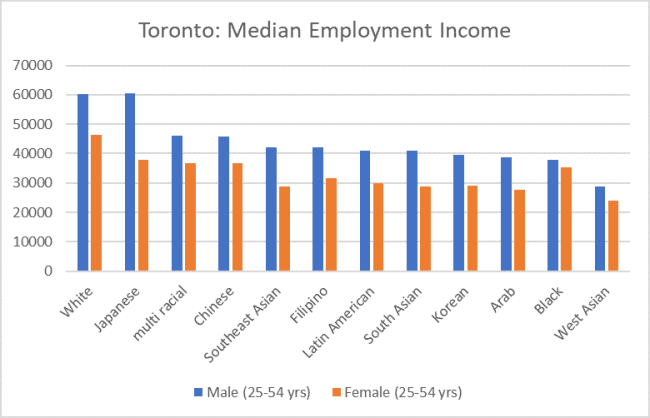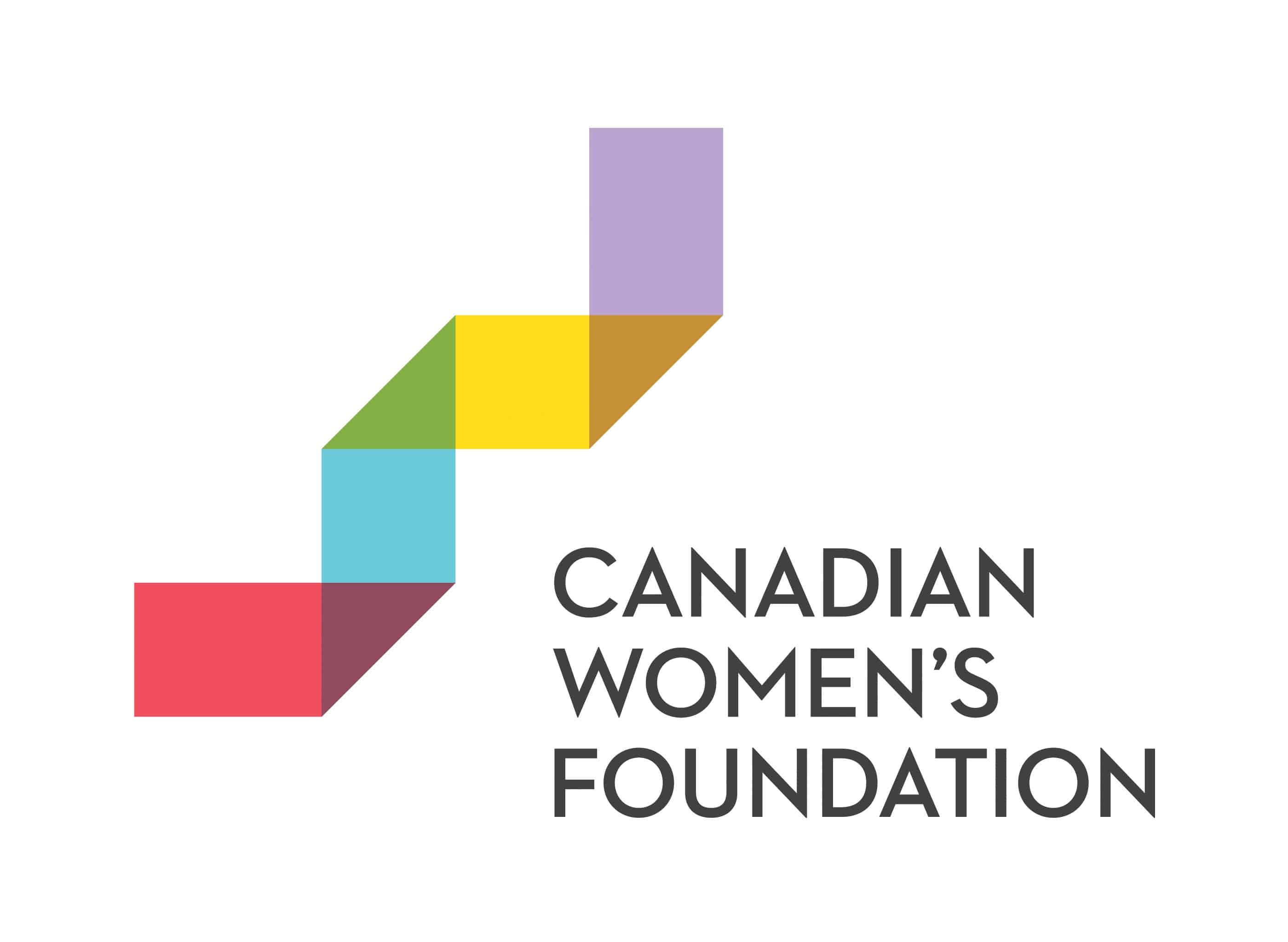A Deficit Worth Worrying About: The Gendered And Racialized Wage Gap
I was really hoping the recent release of Census data would bring good news: wage gap closed! Racial discrimination gone! Equality achieved! Not so much. Gaps in pay for women and racialized groups persist. Ditto for immigrants and Indigenous peoples. Consider Toronto, Canada’s largest city and one of its most diverse. More than half of Toronto’s population are immigrants. Exactly 50 per cent of the city’s population identifies as a visible minority. Maybe in the next Census, Statistics Canada will swap “visible minority” for “racialized,” seeing as 50 per cent is not a minority.


 This post was originally published on the Canadian Centre for Policy Alternatives’ blog
This post was originally published on the Canadian Centre for Policy Alternatives’ blog  Symbols count. They are a powerful force in the slow contest to change attitudes and expectations. When the newly elected liberal government announced they would have
Symbols count. They are a powerful force in the slow contest to change attitudes and expectations. When the newly elected liberal government announced they would have 
